|
Lincoln's Sparrow, Audubon's Paton Center for Hummingbirds, February 2, 2018 Patagonia, population 913, is located 64 miles and 1 hour 20 minutes south of Tucson on Arizona Highway 82 between Sonoita and Nogales. At 4000 feet above sea level, the town sits on the Sonoita Creek riparian area between the Santa Rita and Patagonia mountains. Self described as "quirky", it is a wonderful community and a great place to visit and overnight to enjoy birds and wildlife, as well as the local culture of food and art. Founded in 1898, the town supported mining in the region and sat on a railway line that ran from Benson to Nogales. In time the rail line was abandoned, but the railway station in Patagonia was preserved and serves as a municipal building. The rail bed, absent tracks, is preserved in places, including the Patagonia Sonita Creek Preserve, reviewed later in this post. Below is a map of Patagonia showing the site of the Audubon Paton Center, as well as the Duquesne House, where we stayed. Be advised to follow all speed laws. Local law enforcement with radar guns are not unheard of along Route 82 as the speed limits are reduced coming into town. Duquesne House Inn and GardensThe Duquesne House is a wonderful bed and breakfast in central Patagonia, three blocks south and east of Highway 82. The building dates to 1898 but is beautifully restored and maintained with excellent accommodations and food. Our Inkeepeers Rick and Bekki Jaynes were fantastic. Everything was beautiful and spotless, with really really good breakfasts. I would definitely "recommend and return." The inn has large gardens in the back with many comfortable places to sit and multiple bird feeders. The image below was taken in the early morning. A great way to bird while waking up with an excellent cup of coffee. Curve-billed ThrasherAs the sun was peeking over the mountains, we were visited by a Curve-billed Thrasher warming up and looking for food. Curve-billed Thrashers are common year around residents of Arizona, New Mexico and Texas as well as all of Mexico. They are ground foragers and nest in cactus and shrubs 3 to 5 feet above the ground, making spring nests accessible for viewing. For more on their spring nests see this page on this site. Anna's Hummingbird, MaleAnna's Hummingbirds are common residents of the Pacific Coast into Arizona and NW Mexico. The male is grey to green, with an iridescent green back, and throat feathers that vary in color from grey/brown to iridescent rose/pink depending on the angle of the light. This male was hanging out at the feeders at the inn. As I shot a burst in silent mode he moved his head slightly, showing how the color can change with his angle to the sun. Patagonia Lake State ParkSonoita Creek runs through Patagonia and into the Patagonia Sonoita Creek Preserve then into Patagonia Lake, created in 1968 by damming the creek. The lake and surrounding acreage became a state park in 1975. For more on the Patagonia Lake State Park click here. The map below shows the park facilities at the lake including a Lakeside Market, campsites, and a birding trail along the creek, Sonoita Creek Trail, at the eastern end. We walked this trail two mornings. The trail begins at the far east end of the park, trail kiosk below. The early parts of the trail include well stocked bird feeders and benches for sitting. As the trail continues, it goes through a gated fence and down some steps toward the lake. The trail is even and not rocky, although not well marked. However, with the lake on one side and the mountains on the other it is tough to get lost. The reason for the gate will become evident soon! Pyrrhuloxia, male, female and their lookalikes!Pyrrhuloxia are striking songbirds related to the Northern Cardinal, but limited in range to southern Arizona, New Mexico, Texas and Mexico. Like the Northern Cardinal they have crests. The males are grey and red, with a grey/yellow beak that has a curved culmen, the inner upper portion of the beak. This curve makes these beaks great for cracking seeds and nuts. Images above and below: male Pyrrhuloxia on a rock near the beginning of the creek trail. Below two males sharing a rock. During mating season they are very territorial. As of February 1st, they seem to be tolerating each other ! The male Pyrrhuloxia can be confused with the female Northern Cardinal. Below are mug shots of the two taken on this trip. The male on the left is red and grey, with red around the face and a grey/yellow beak with the characteristic nutcracker curve. The Cardinal has black around her face, an orange bill with straighter culmen, and a buffy breast. Left: Male Pyrrhuloxia. Right: Female CardinalFor completeness, Female Pyrrhuloxia below . . . .The female Pyrrhuloxia is more grey, does not have black around the face, and has a grey beak with the curved culman. And now, a milk break . . . .Ah yes, that is why we went through a gated fence with a big sign that read, "KEEP THIS GATE CLOSED." It would not do to have cows wandering among the campsites. As I noted in my post on Santa Cruz Flats much of Arizona is open range, cattle everywhere (potentially). The cattle we saw near the lake appear to be cows and their calves. They were quite docile. However, they leave manure, so watch where you are stepping, especially if you wander off on a side trail. The base of the Arizona economy 100 years ago was the Three C's, Cattle, Copper, and Cotton. Two more were added, Citrus and Climate. So, if you trip on a cow pie, know that it is a really important cow pie! Aurochs, the wild ancestors of modern cows, were first domesticated ~10,000 years ago in the Fertile Crescent. Their descendants were introduced into North America in 1525 at Vera Cruz, Mexico. For more on our bovine friends and a historical timeline see ProCon.org. Black PhoebeThe Black Phoebe is a flycatcher of the Western U.S. that lives and feeds near any water source. These birds have black heads and upper bodies with white bellies. They eat a variety of insects and rarely berries. This bird was feeding along Sonoita Creek as it was entering the lake. They are tolerant of humans and tend to stick to one territory to nest and feed, making "Phoebe watching" easier, with binoculars or camera. For more on the Black Phoebe see this link. Song SparrowSong Sparrows are medium sized sparrows with long rounded tails. Their markings vary greatly by region. Here we see the reddish appearance typical of birds in the southwest. He was looking for food on the creek. Paton Center for HummingbirdsThe Paton Center for Hummingbirds is a Tucson Audubon site right in Patagonia and just north and east of the Nature Conservancy's Patagonia-Sonoita Creek Preserve. For the story of the Paton's, their love for birds, and all the work that went into making the Paton Center a reality, see this link. Much work has been done on the Paton Center since it became a part of Tucson Audubon in 2014, including re-landscaping the back yard and the creation of feeders, paths, and benches. In addition, a path has recently been completed from the SE corner of the Paton Center along Blue Heaven Road into the Patagonia-Sonoita Creek Preserve. Violet-crowned Hummingbird Year-round residents of western and coastal Mexico, the Violet-crowned Hummingbird nests in Arizona Sycamore, which in the U.S. is found in riparian areas of SE Arizona and SW New Mexico. These striking birds sport white breasts, red bills, and violet crowns that vary in color with the angle to the sun. All images here captured at the Paton Center on February 2, 2018. Above, a Violet-crowned sitting on a branch, and below two images with his tongue extended. The images that follow show what is probably harvesting bugs from the tree, so he may also be catching them on the fly. Either that, or he is cleaning his tongue and bill after gorging on nectar! For more on hummingbird tongues as elastic micropumps see this this link to the NYT. The article by James Gorman includes a nice video of tongues in action, and references recent research published in 2015. Lincoln's SparrowThis Lincoln's Sparrow was spotted on a very well planned and executed pile of twigs not far from a small pond at the Paton Center. He looks wet, giving his feathers a sharper, bolder look. Lincoln's Sparrows like to stay concealed among twigs and thickets near water, rarely popping up to be seen. The Lincoln's Sparrow was named by John James Audubon after his traveling companion Thomas Lincoln, who managed to capture a specimen on an expedition to Labrador. Patagonia-Sonoita Creek PreservePatagonia-Sonoita Creek Preserve visitor center just off of Blue Heaven Road. The Patagonia-Sonoita Creek Preserve lies south and west of Patagonia along the first two miles of the Sonoita Creek and adjacent floodplain. It contains rare Fremont Cottonwood-Goodding willows riparian forests, with trees of more than 100 feet tall and 130 years old. The 873-acre preserve was the first project in Arizona for The Nature Conservancy, purchased in 1966 in conjunction with the Tucson Audubon Society. The area is rich in history, including portions of the railbed of the Santa Fe Railroad built between Benson and Nogales as part of the New Mexico and Arizona line. You can get to the preserve visitor center by driving past the Paton Center on Blue Heaven Road a few miles. There is also a path from the Paton Center to the preserve open during the day. As always, wear solid shoes and carry water. Map of Patagonia, Paton Center, and Patagonia-Sonoita Creek Preserve. Greater RoadrunnerThe Greater Roadrunner is a large cuckoo with long legs, very long tail, and long neck. They are residents of the desert southwest but can be seen as far east as the Mississippi River. They spend their time on the ground, hopping to low branches or shrubs just long enough to spy for food. They are weak flyers, taking to the air just long enough to get to their next ground location. Their diet consists of any animal they can catch including lizards, frogs, snakes, as well as birds. Above, a Greater Roadrunner not far from the visitor center looking for lunch. Black VultureBlack Vultures are large raptors slightly larger than a Red-tailed Hawk and smaller than a Turkey Vulture. The are black with stubby tails. The hawk above was circling above the visitor center, perhaps waiting for whatever the Roadrunner did not want. This image shows the hawk's typical black color with white/silver wingtips looking like white mittens. The legs are white, and the wings relative straight with a leading anterior edge. Which reminds me, the Tubac Hawk Watch will begin in March in Tubac at the county park which is adjacent to the Santa Cruz River flyway. For more on hawk watching, see HawkWatch International. The Railroad TrailThere are excellent trails within the preserve, including the Railroad Trail, which follows the rail bed, complete with cement abutments at either end where bridges spanned the creek. The image above is at the southern end of the trail. The preserve will be very green in spring. Hermit ThrushAlong the trail we spotted this Hermit Thrush hiding in dense foliage. Below, the northern limit of the Railroad Trail, looking out over the abutment where a bridge once stood. Bridled TitmouseAlong the trail we spotted this Bridled Titmouse. This species is in the family Paridae, along with Tits and Chickadees. Their range comprises central Mexico extending north as far as SE Arizona and SW New Mexico. Above, portions of the preserve showing portions of the floodplain. This is a beautiful site, and a great walk on level ground, with or without your favorite avian species. That's it for now! Enjoy the rest of February, and don't forget the hawk watch in Tubac in March. More posts soon. Happy Trails! Special thanks to Jeff Babson, Sky Island Tours, for his help in the identification of a number of these birds during the creation of this post. It is not unusual to see a bird and get an image and then wonder later, "What was that?" Jeff, many thanks.
3 Comments
C Cordes
2/15/2018 10:55:58 am
FANTASTIC!! Thank you.
Reply
Linda Currin
2/16/2018 08:11:26 pm
Oh my goodness. This journal post is just incredible. Outstandingly beautiful photos of these birds. I had never even heard of the violet-crowned hummer. Not on Mt. Lemmon I guess! Thank you so much for sharing your talents, Henry!!
Reply
3/15/2023 09:38:54 am
Excellent Blog! Educational, informative, complete story, appreciated other site photos. Great for preparing to visit!
Reply
Leave a Reply. |
AuthorHenry Johnson, photographer and author of this site. For more detail, see About
Categories
All
Archives
July 2024
|
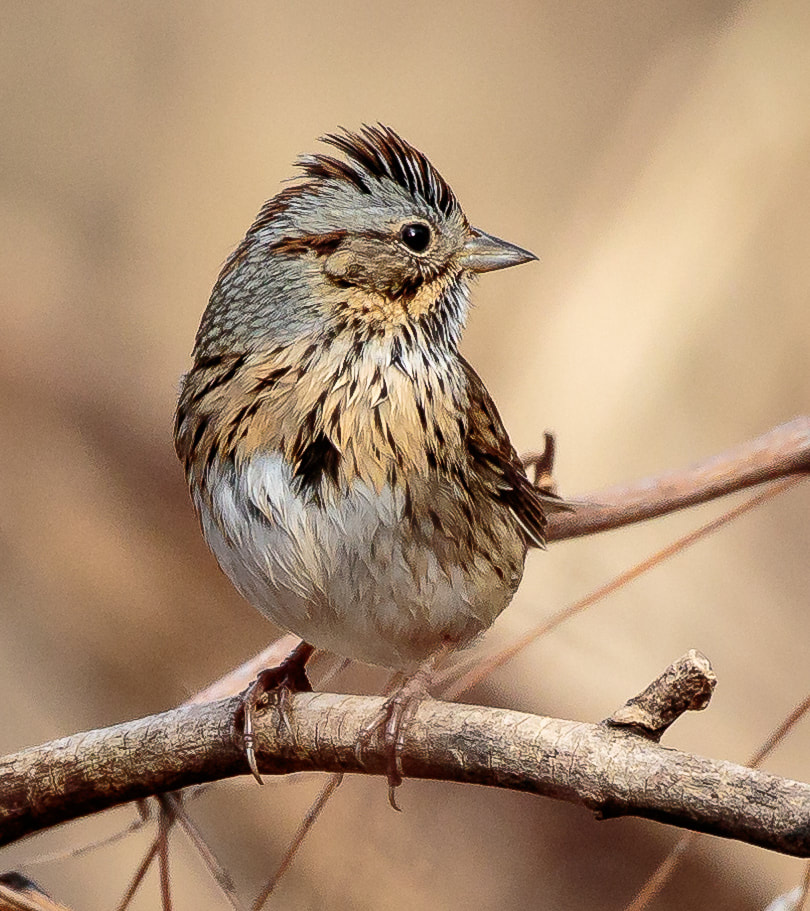
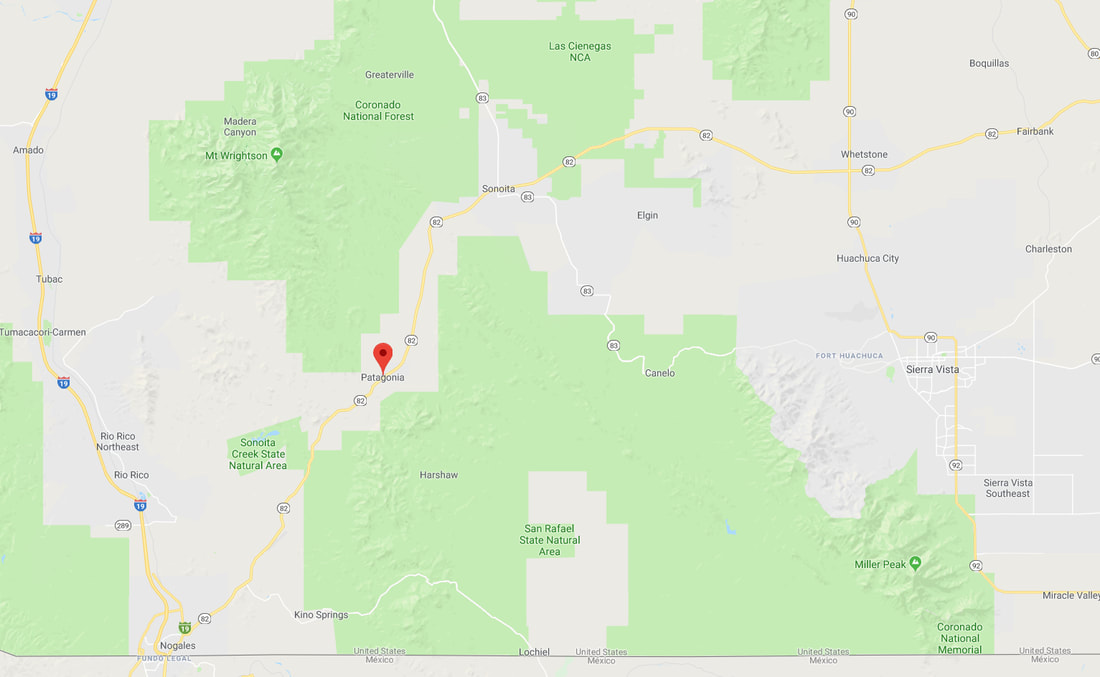
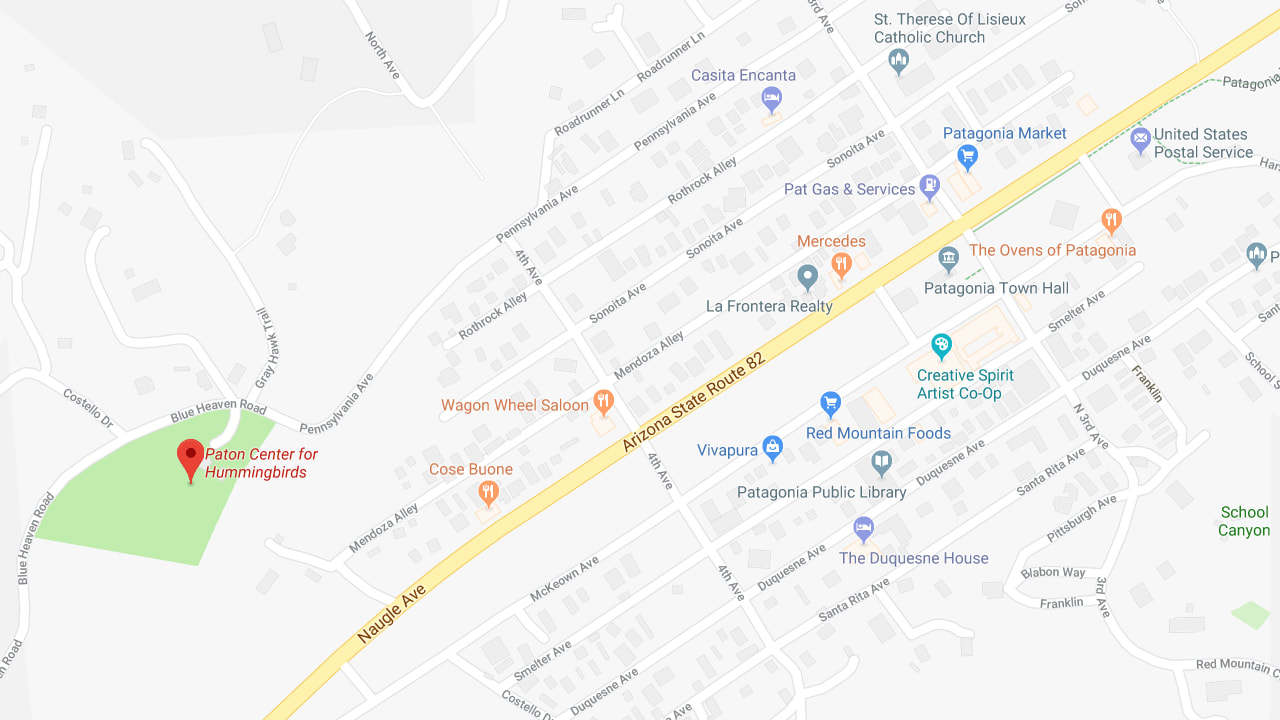
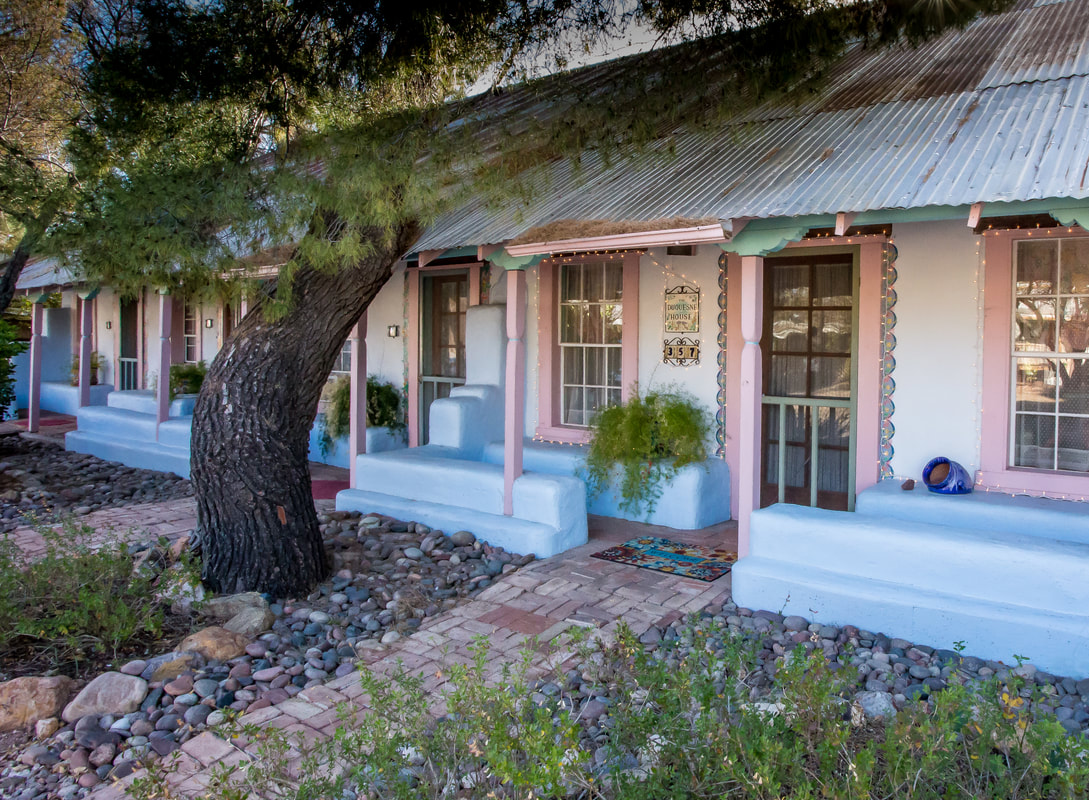
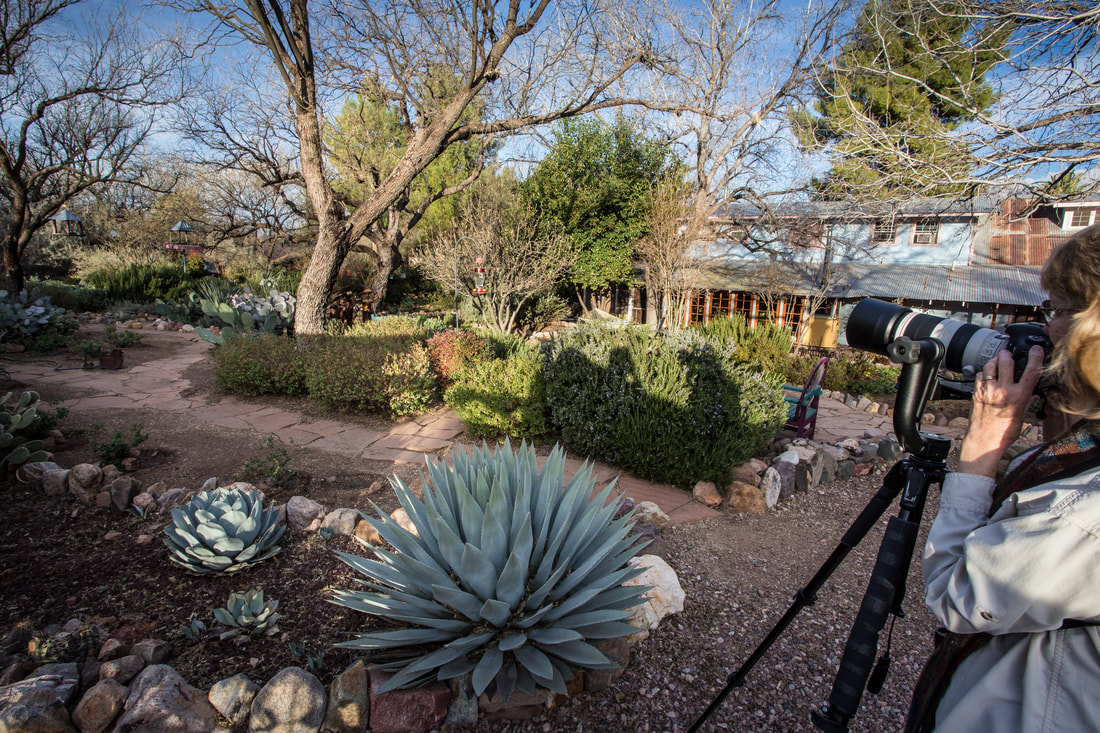
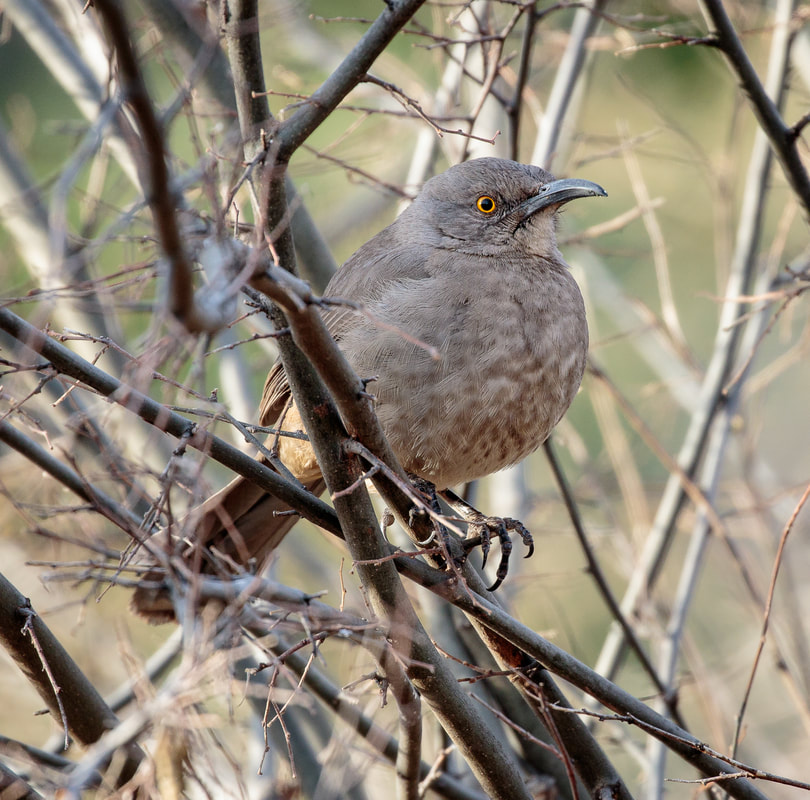
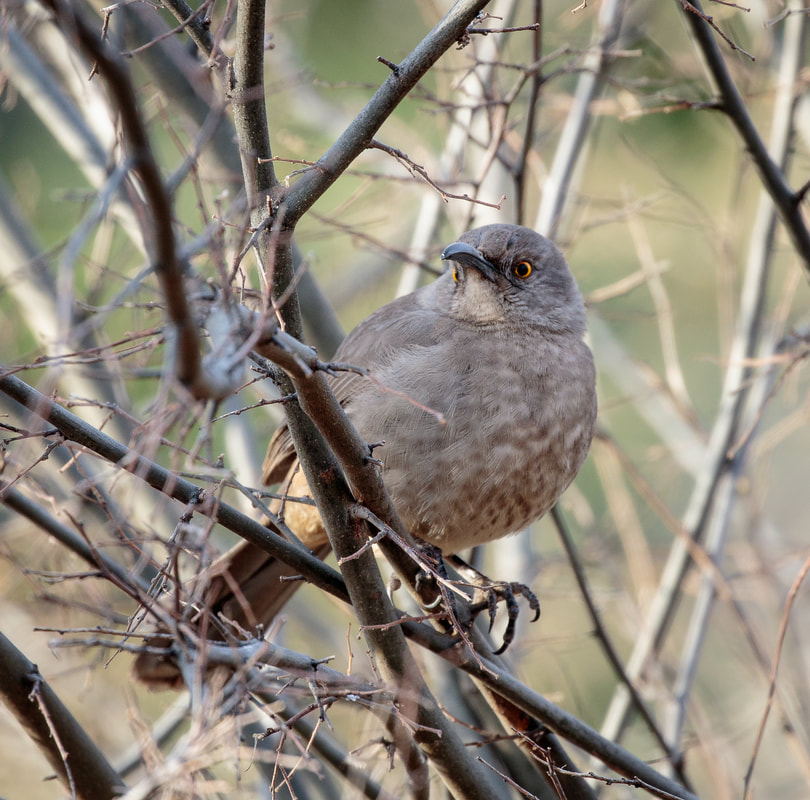
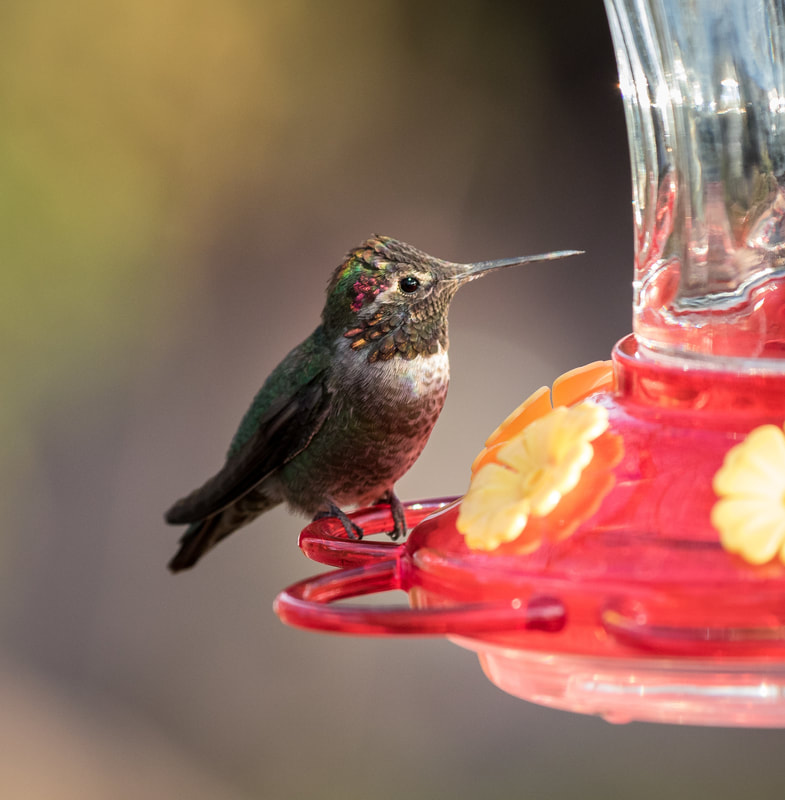
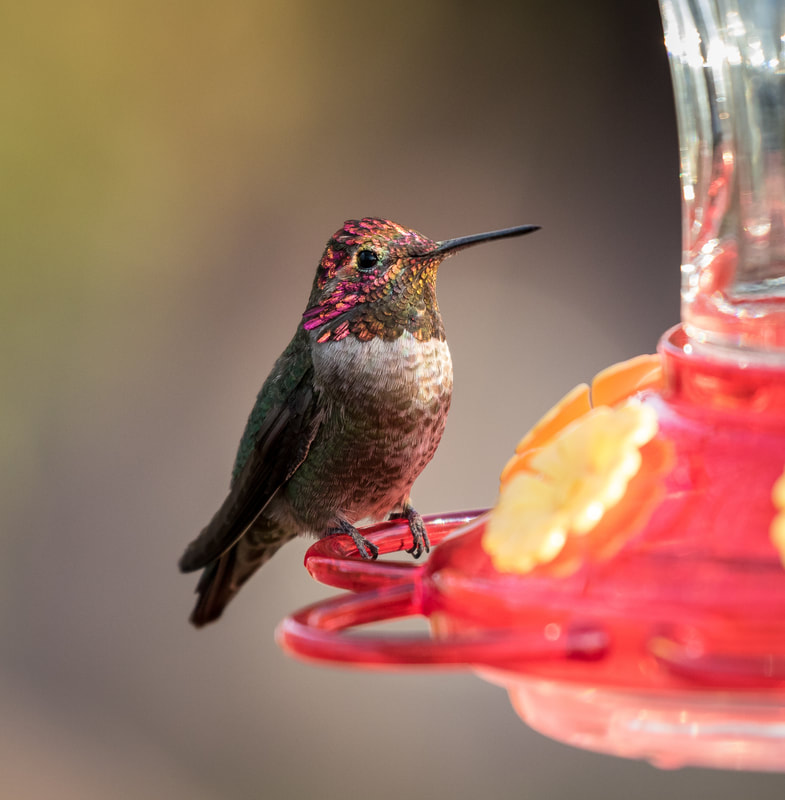
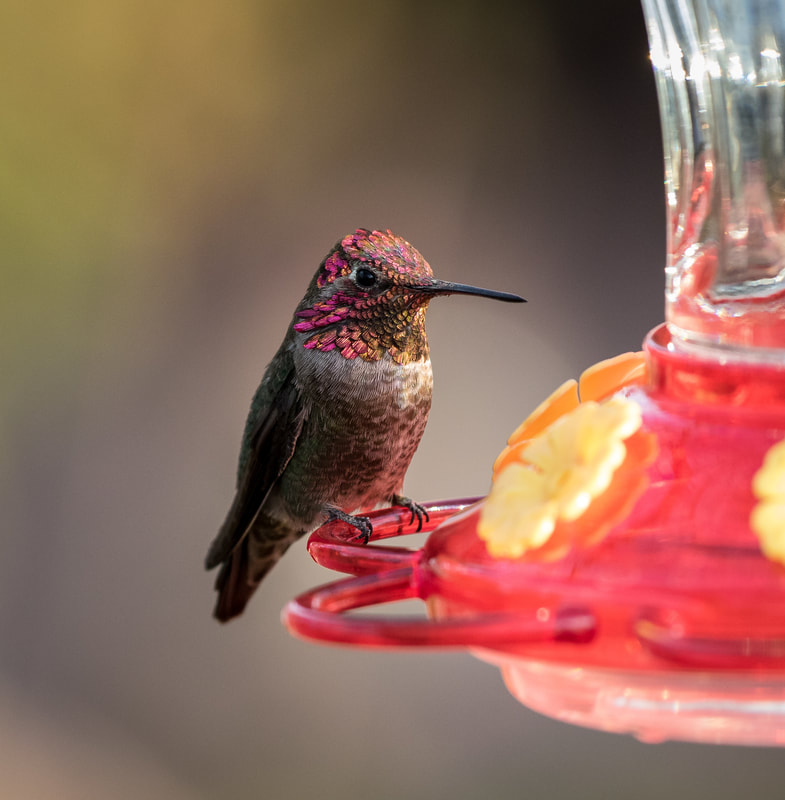
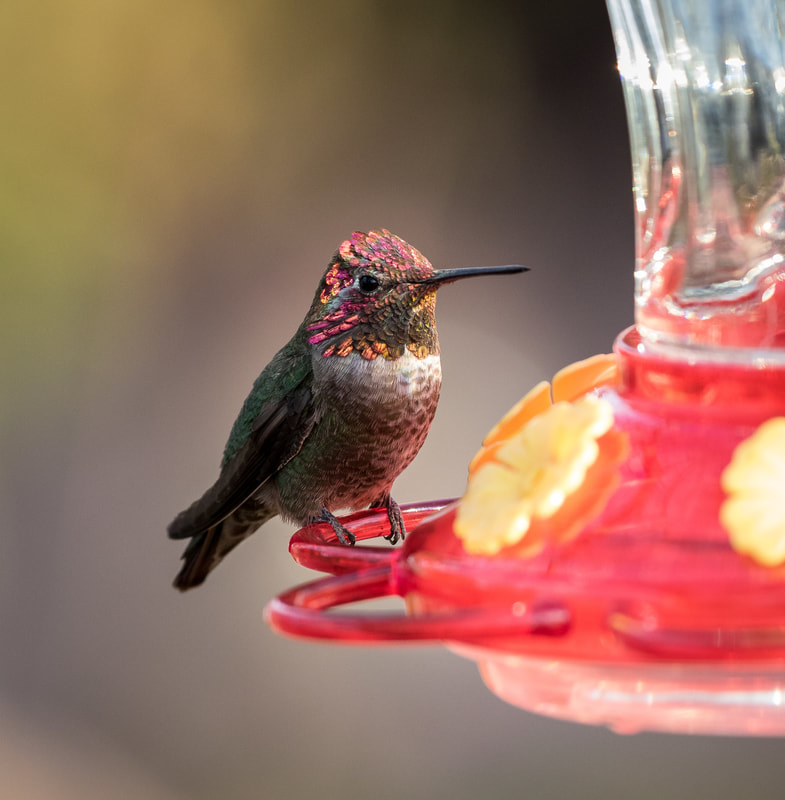
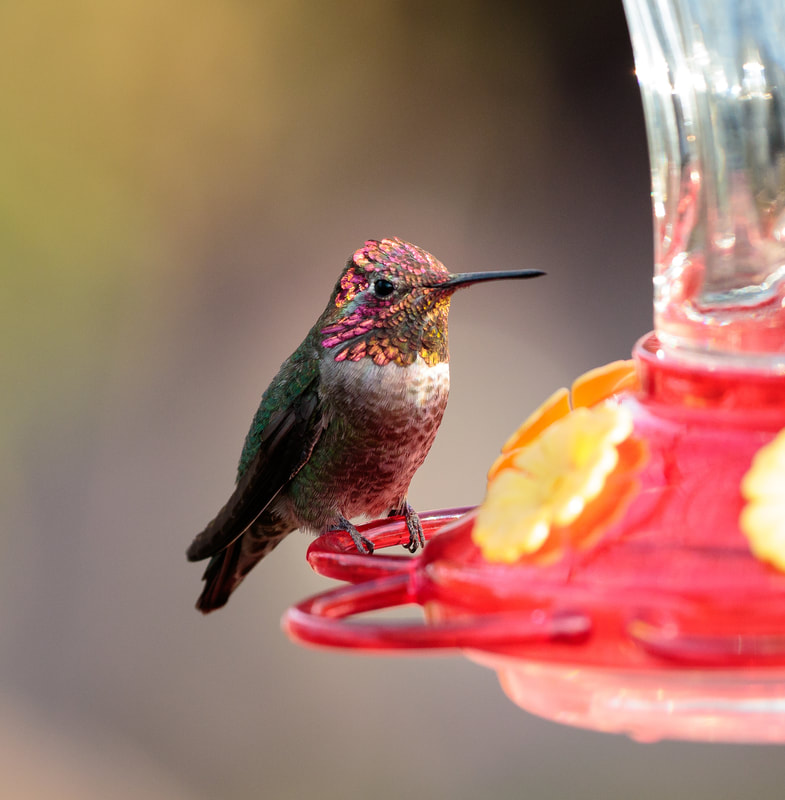
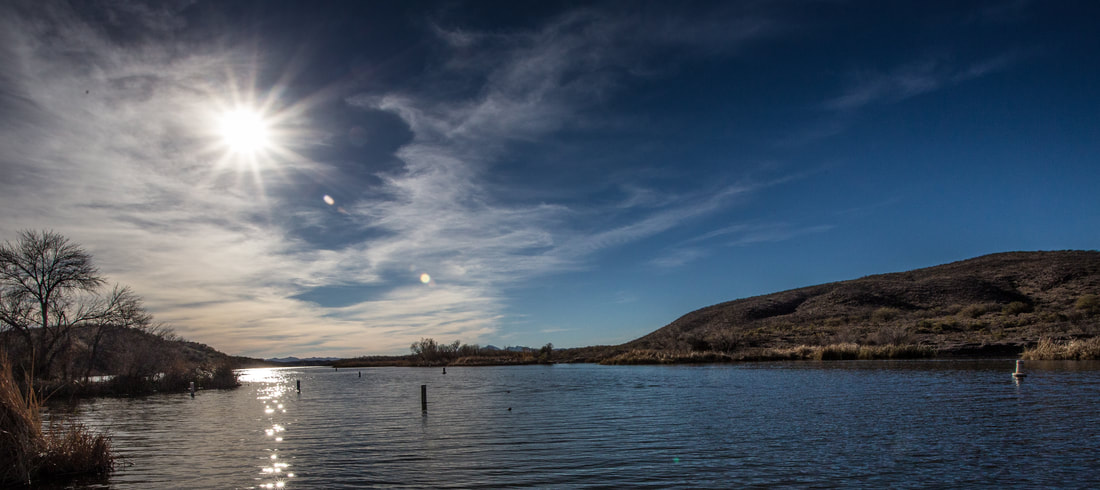

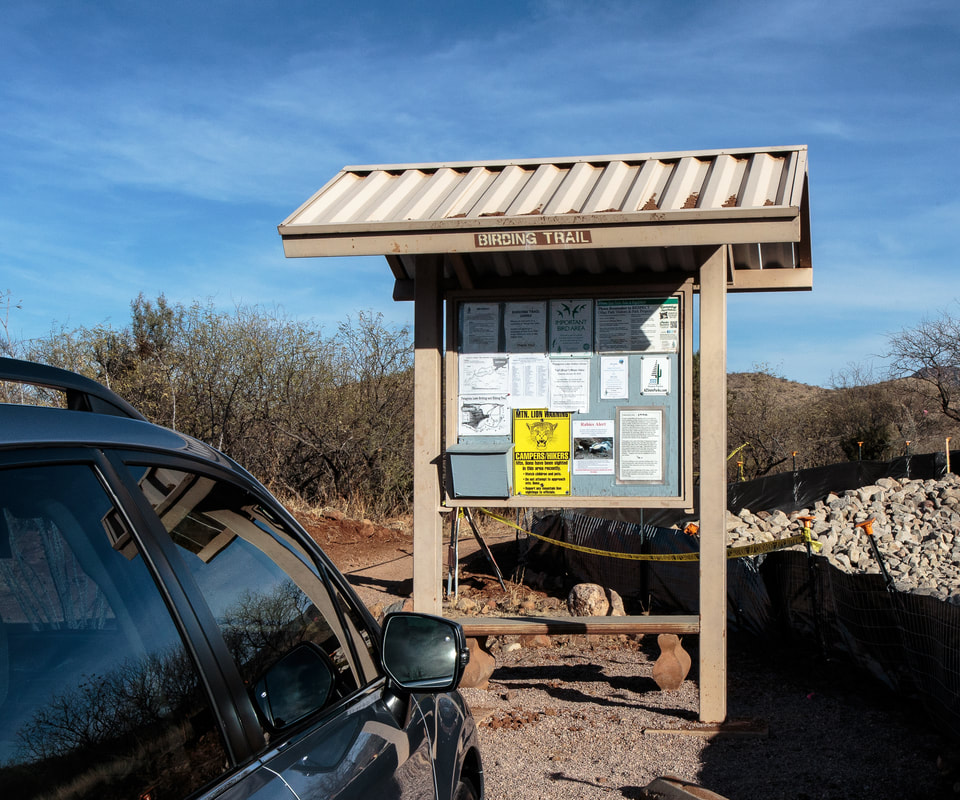
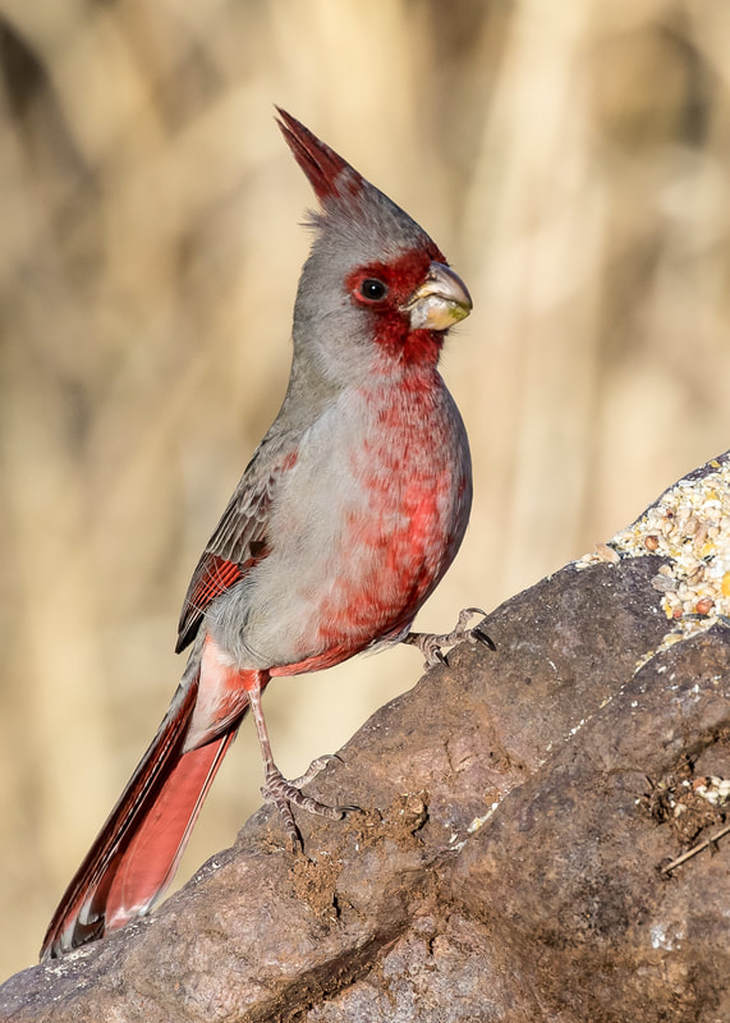
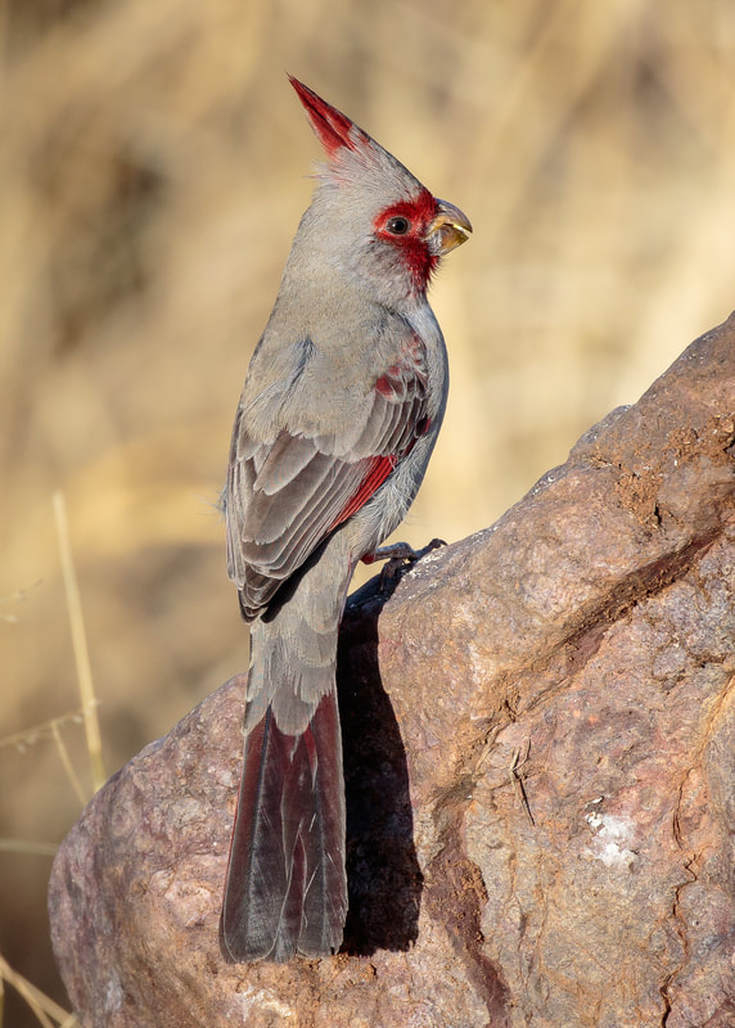
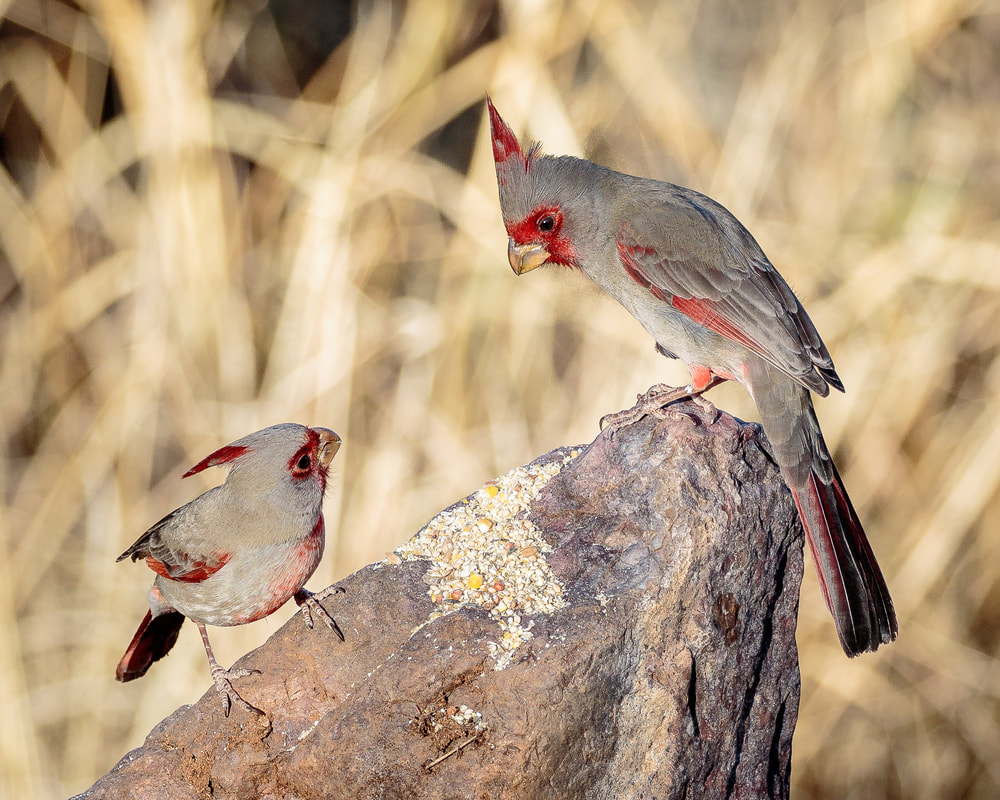
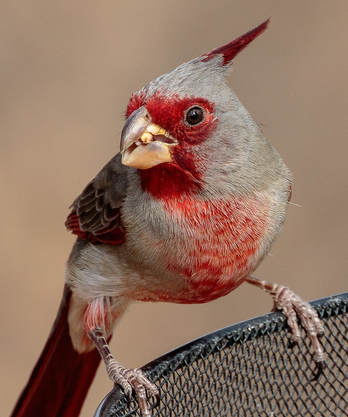
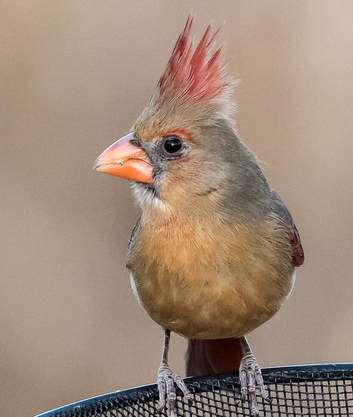
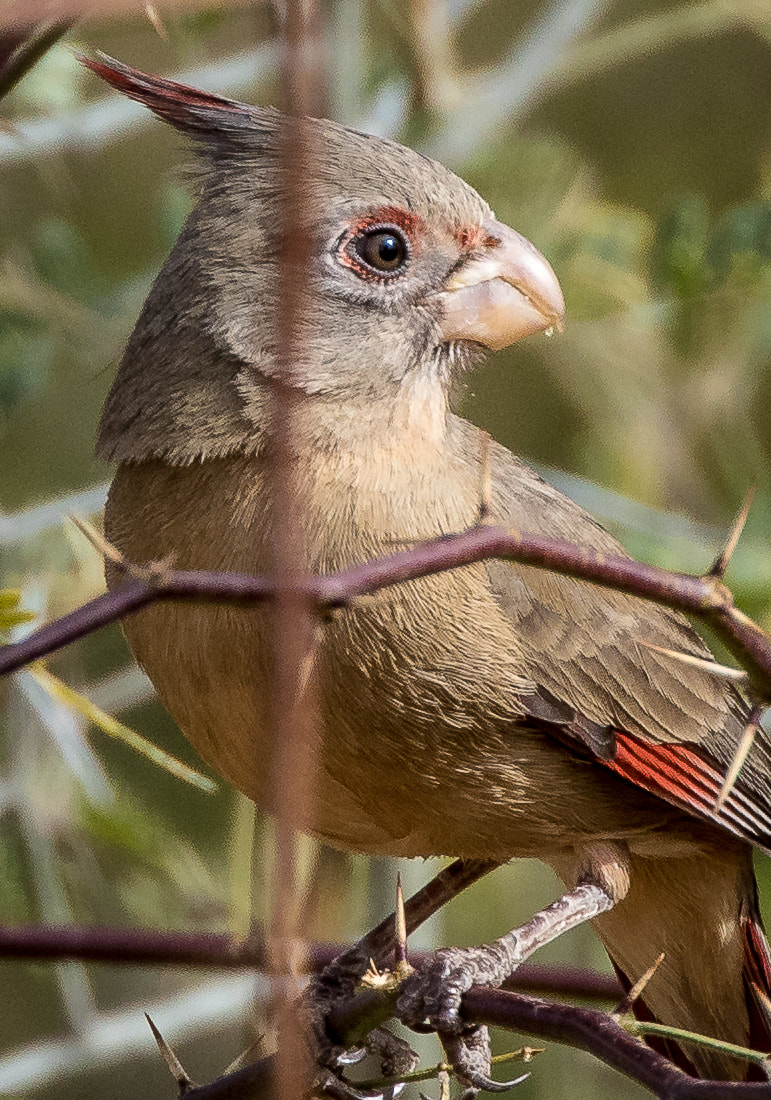
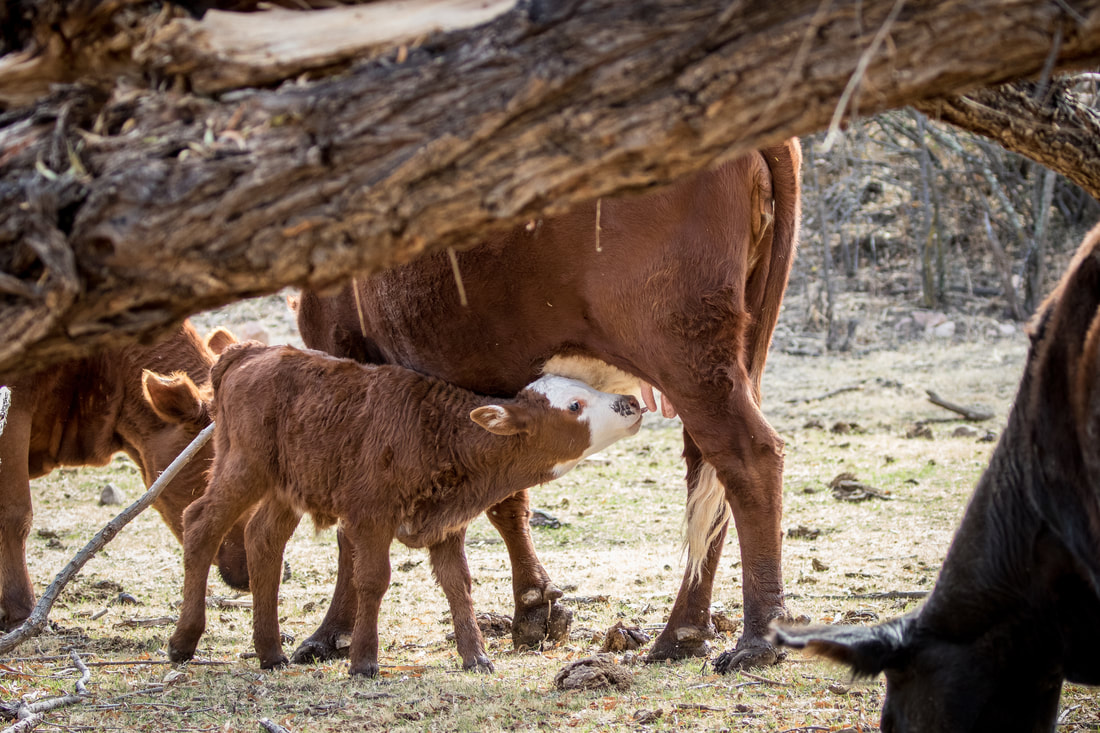
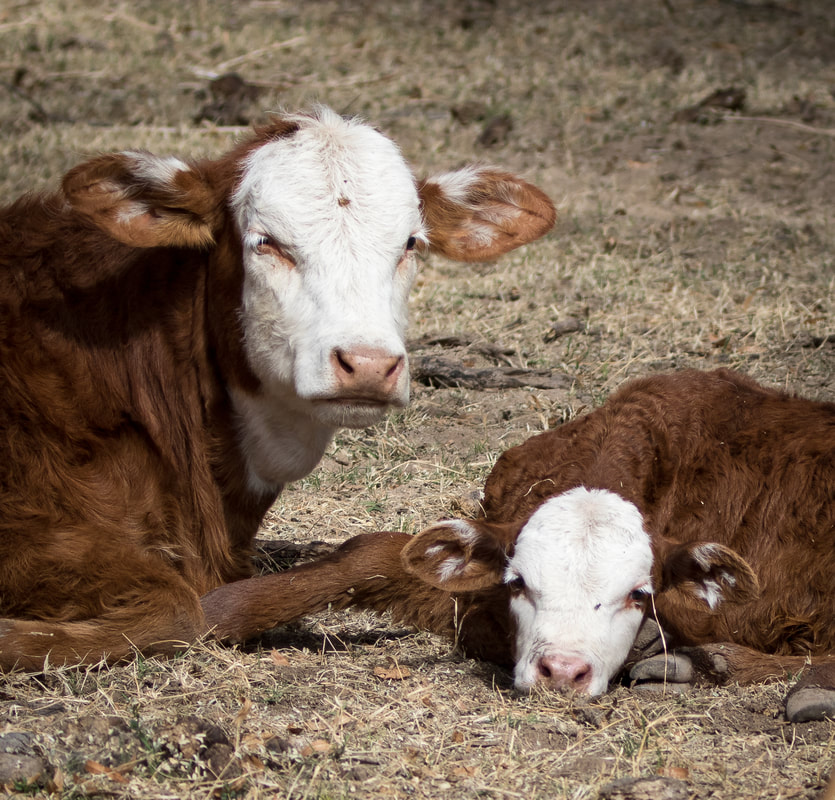
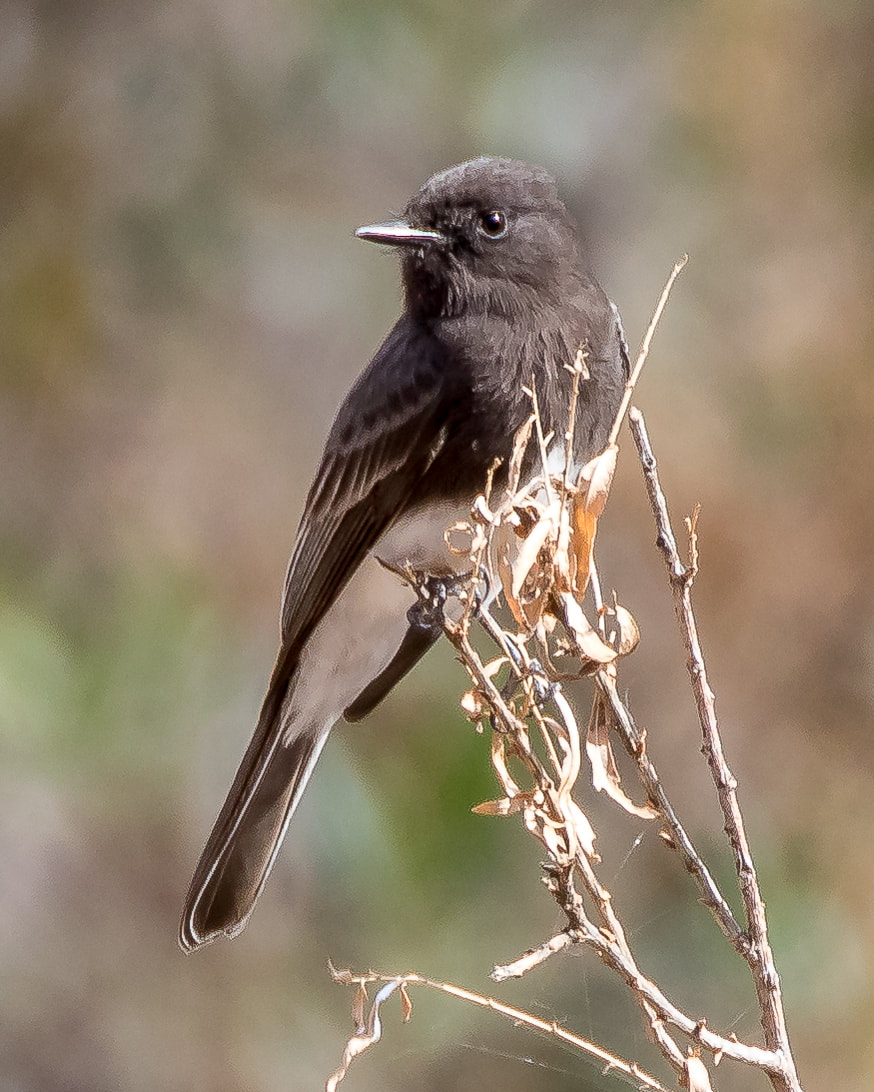
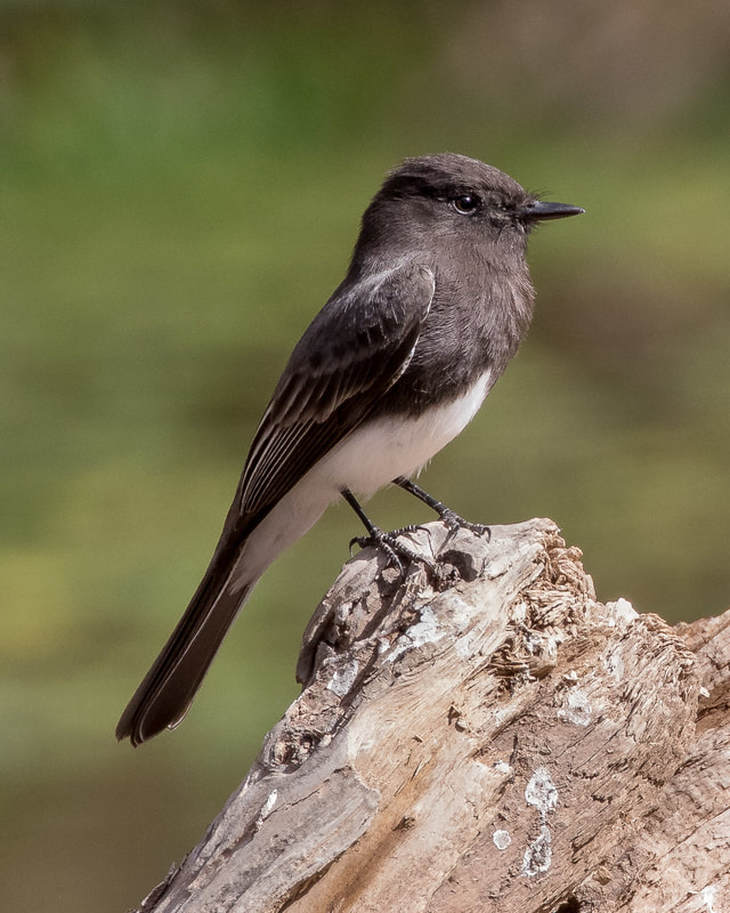
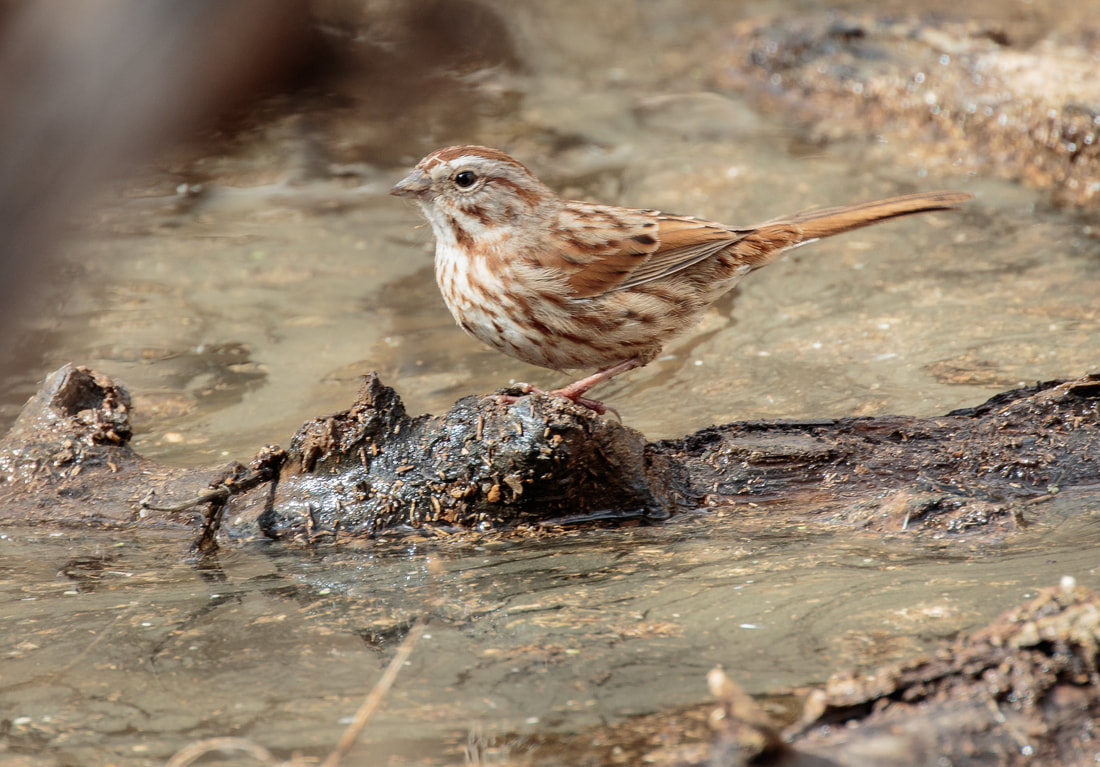
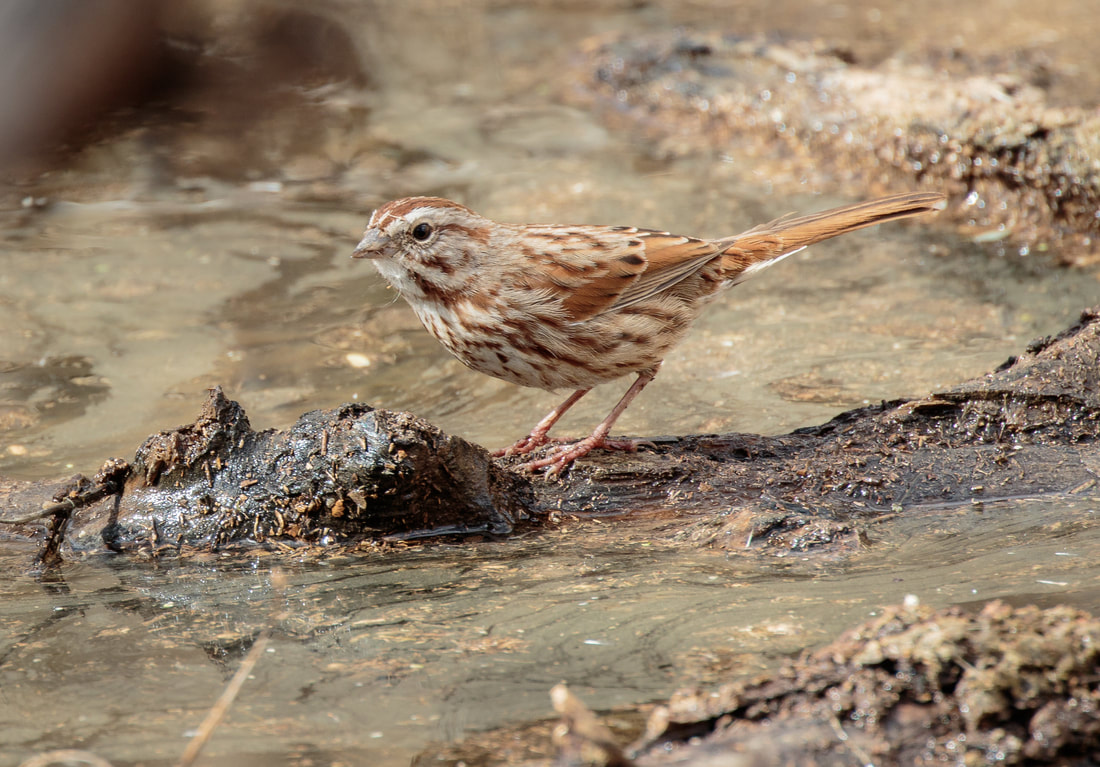
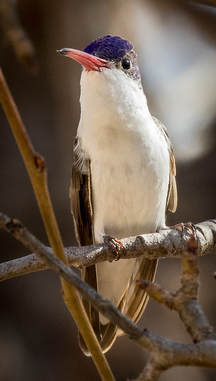
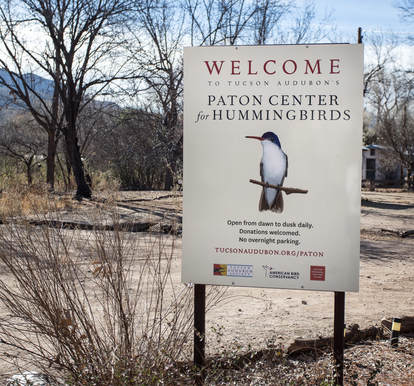
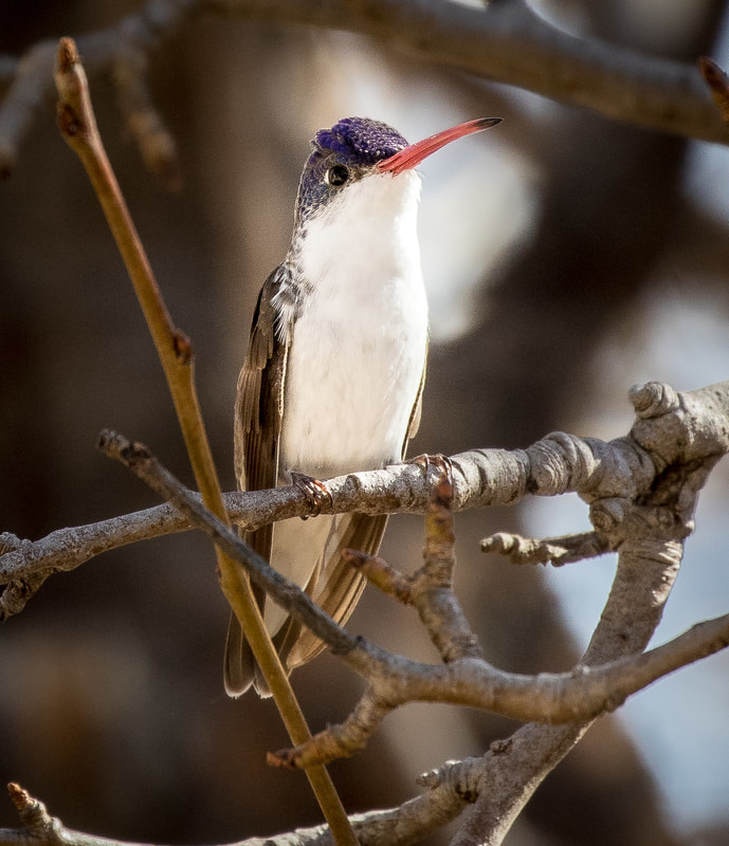
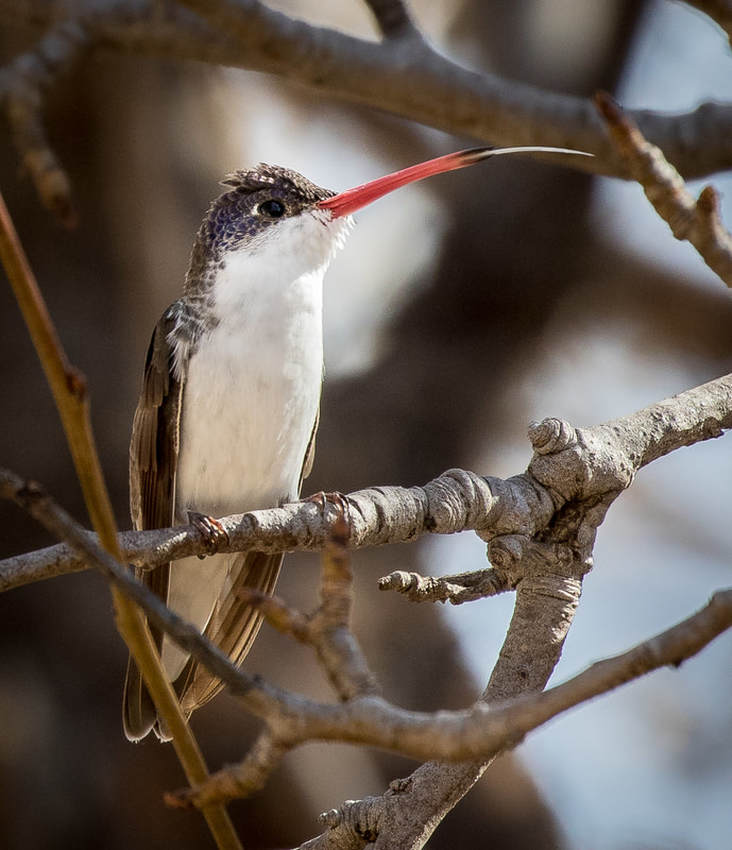
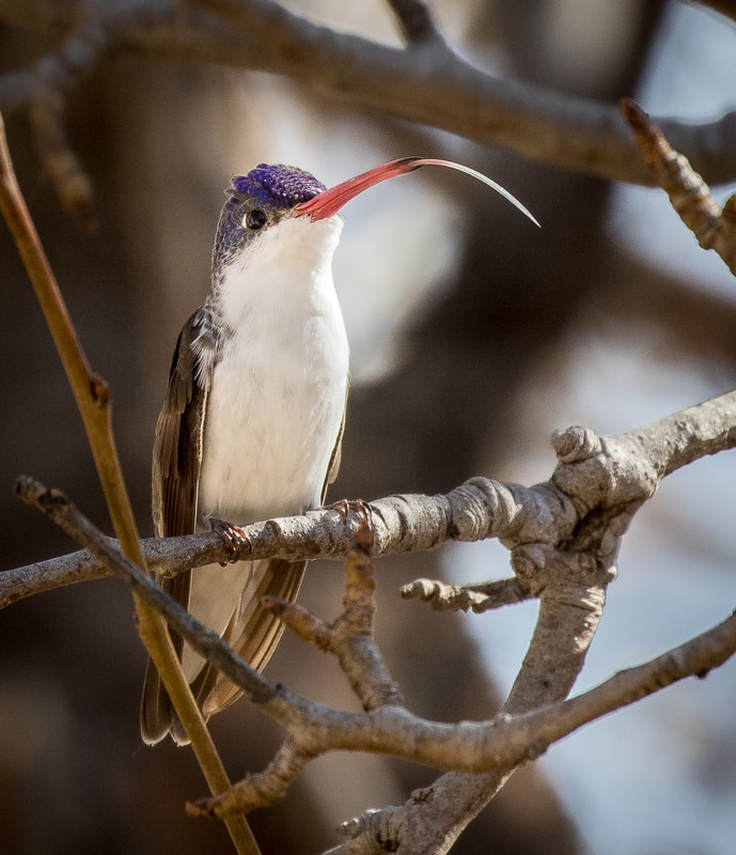
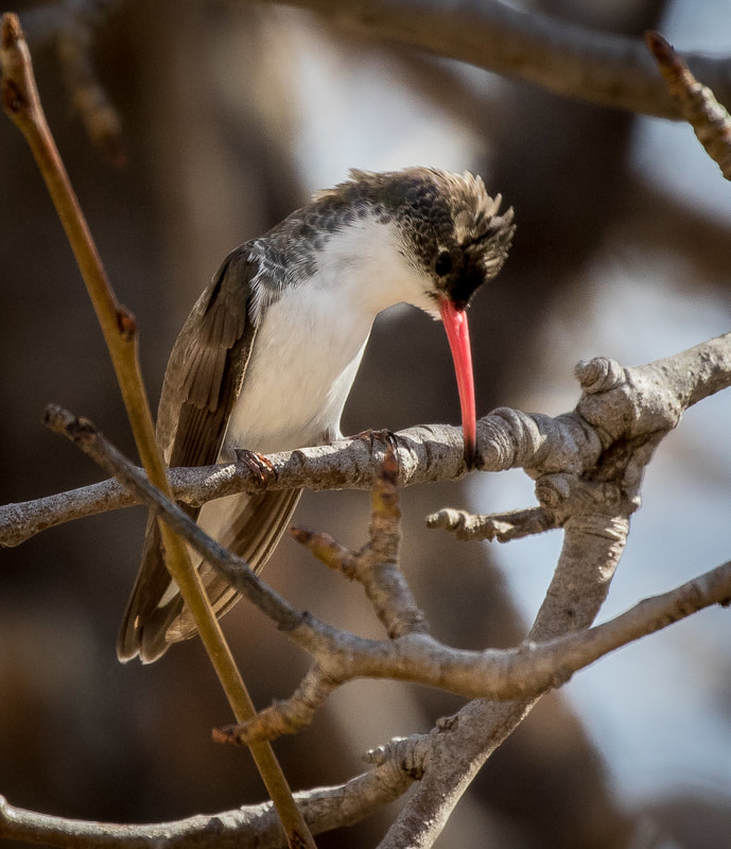
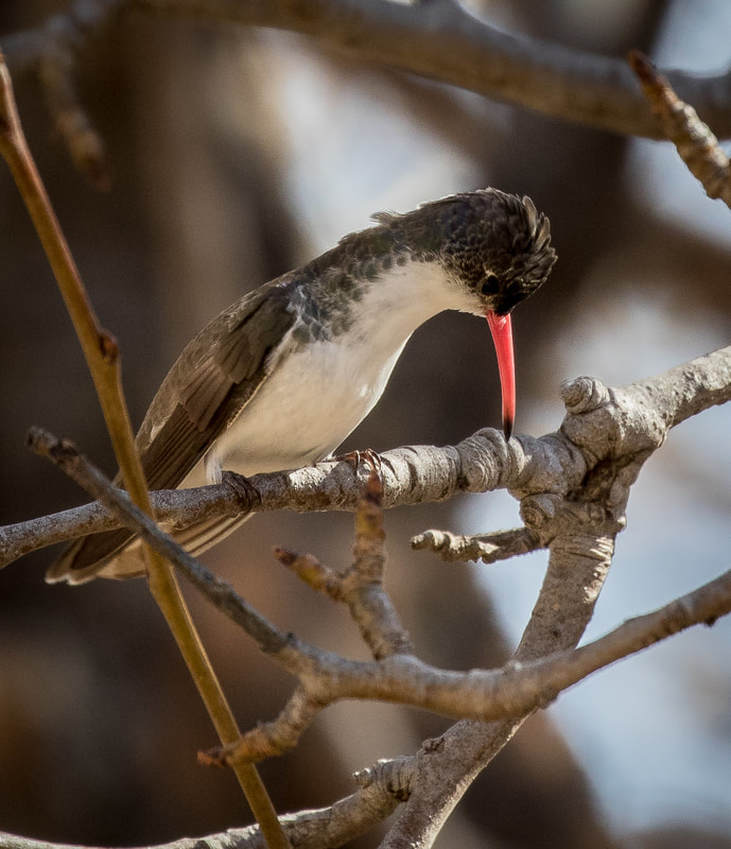
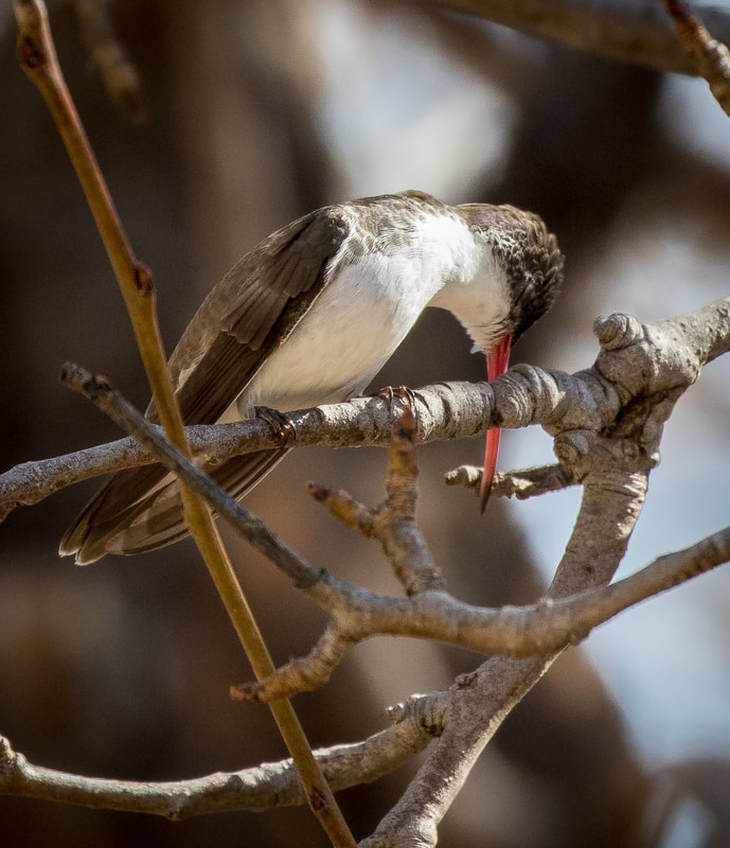
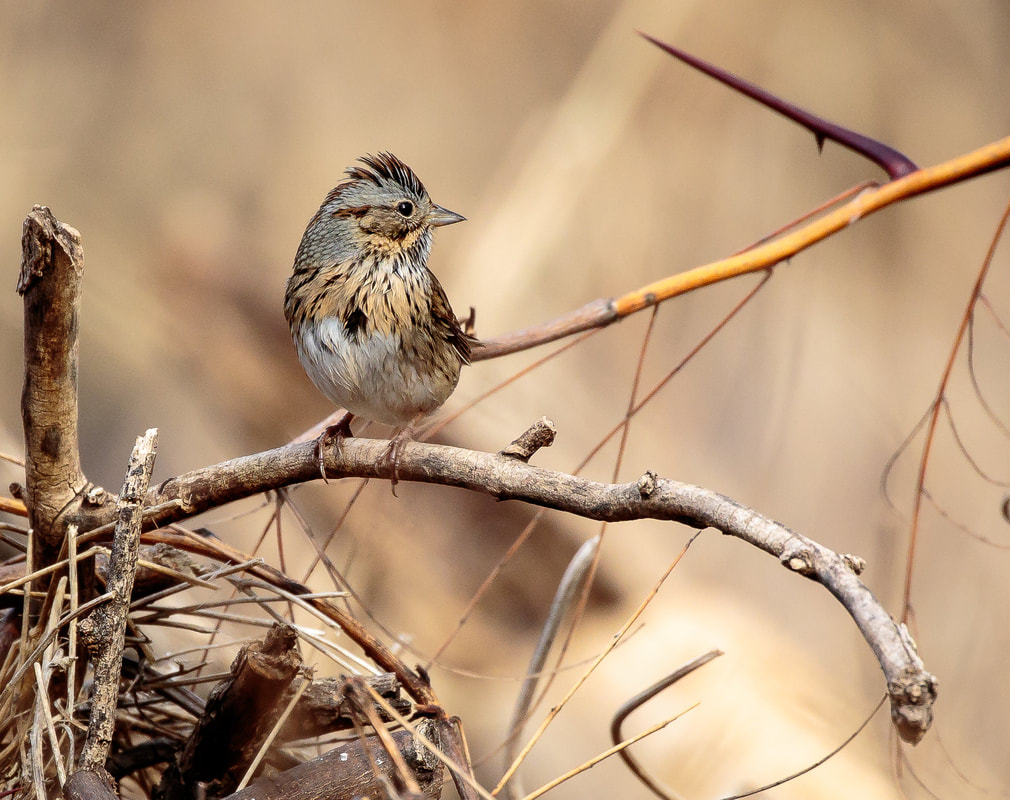
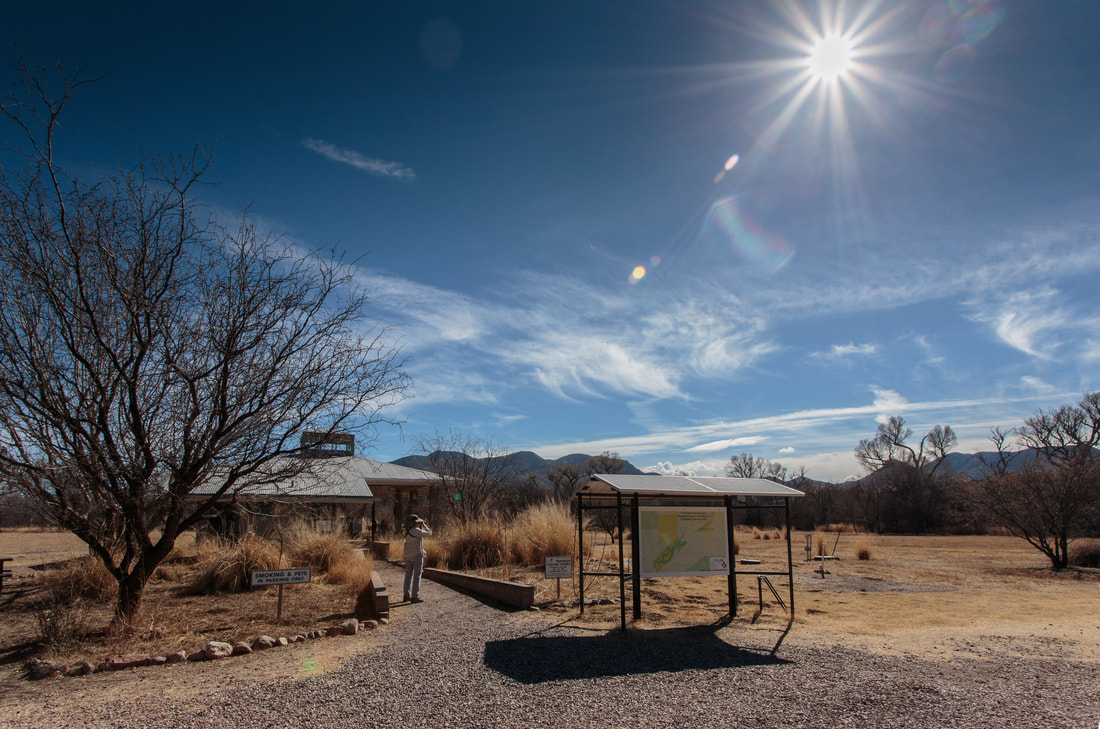
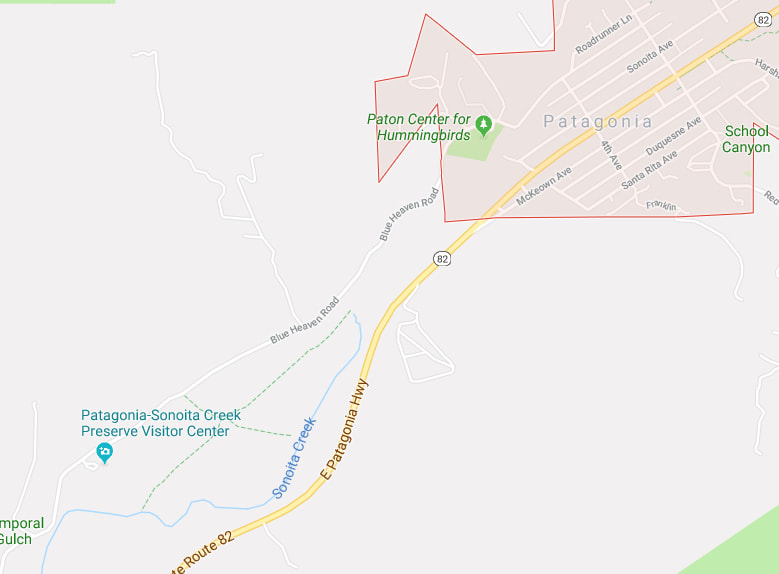
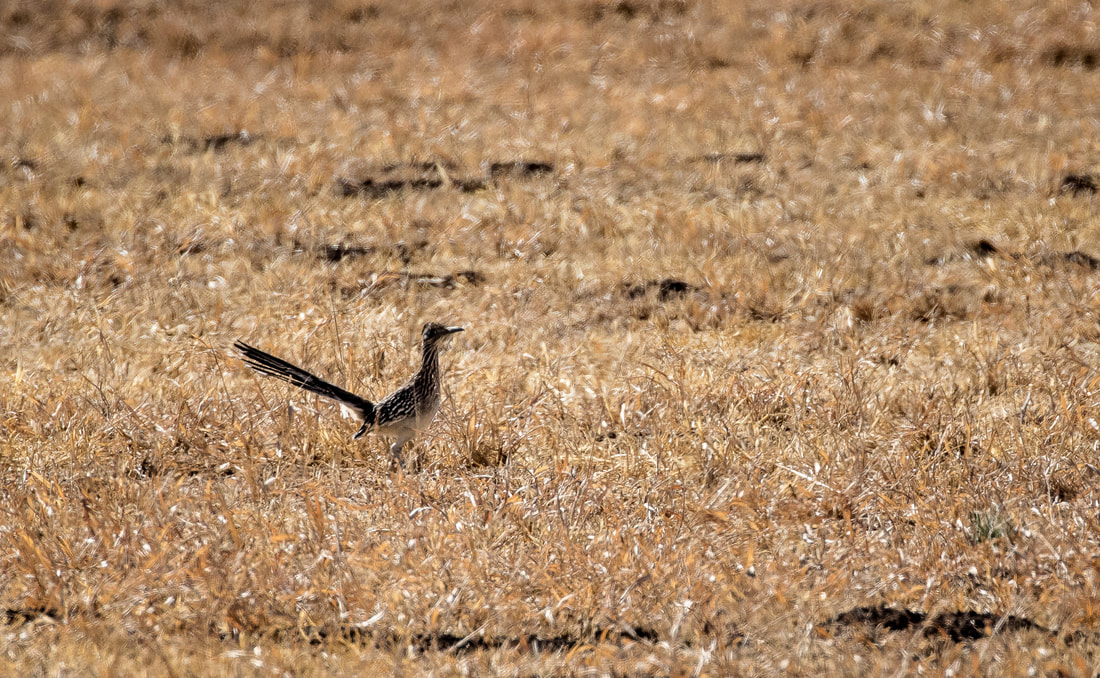
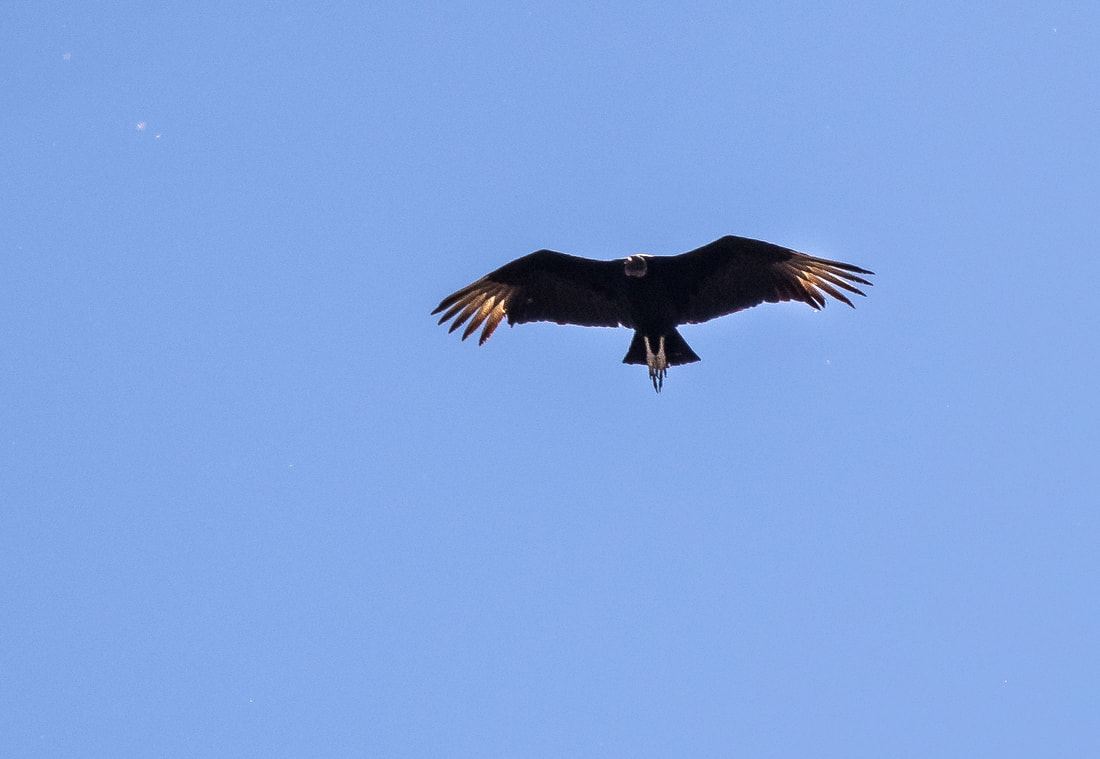
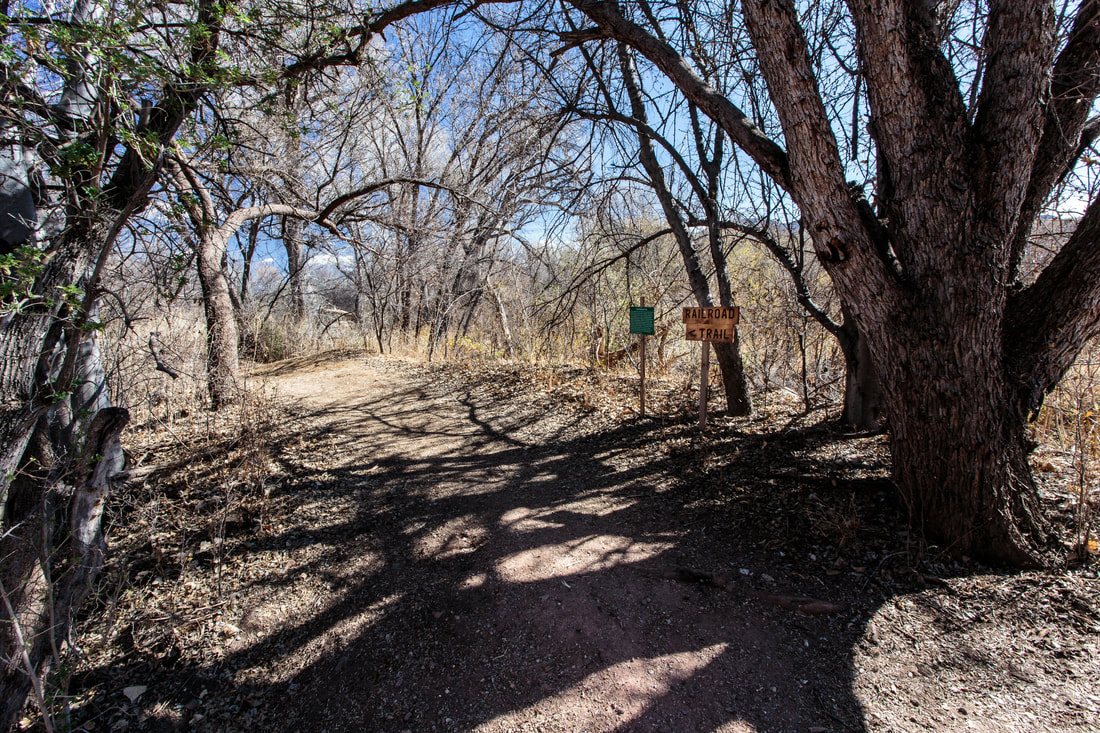
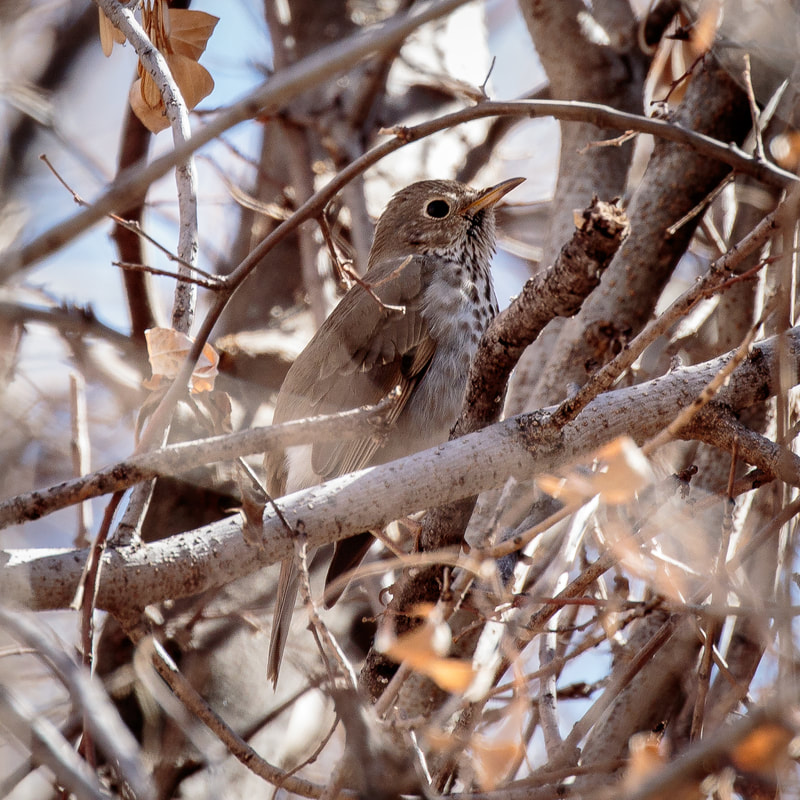
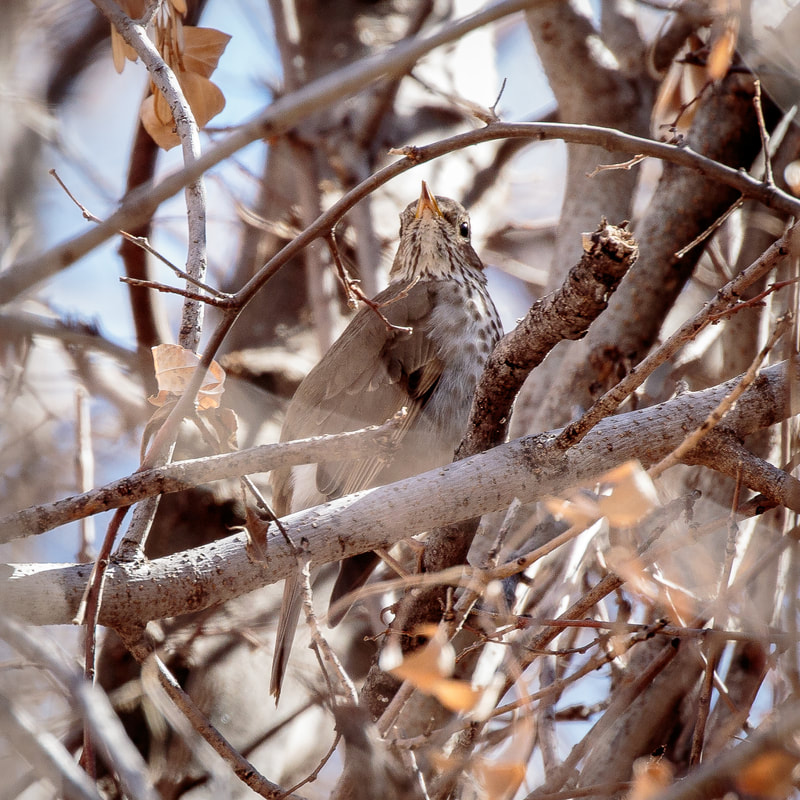
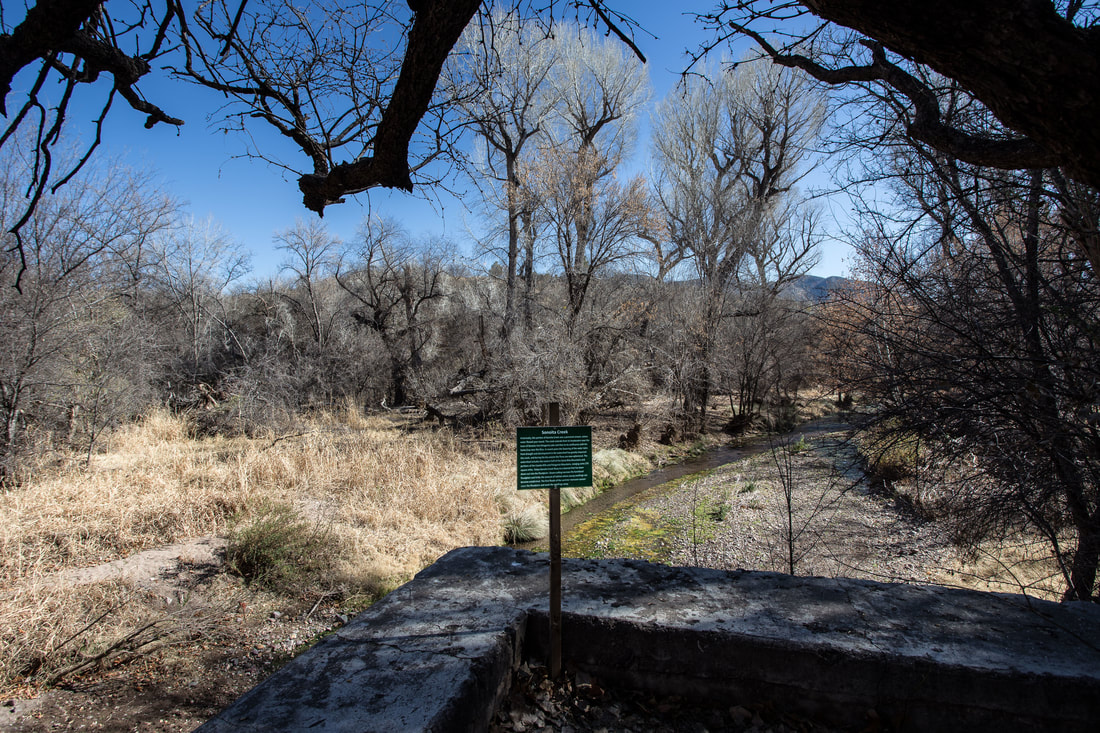
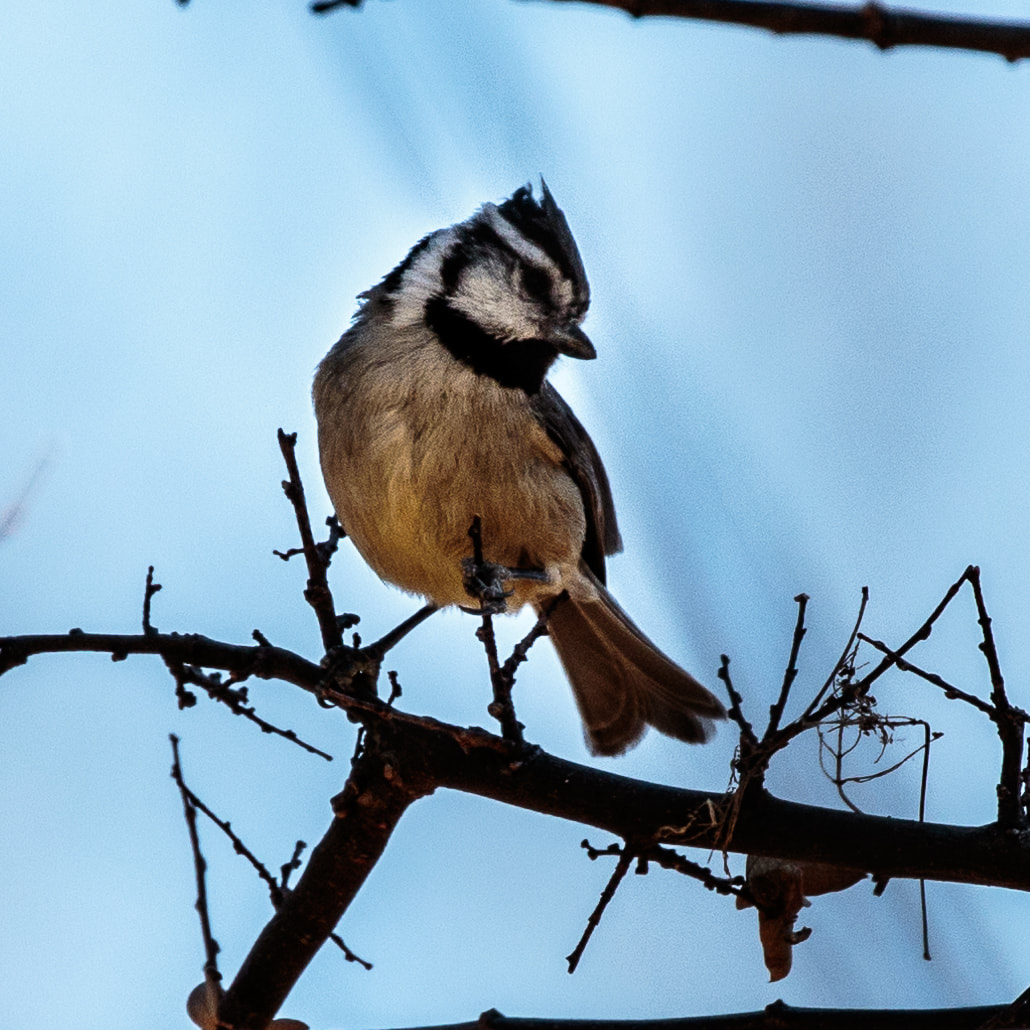
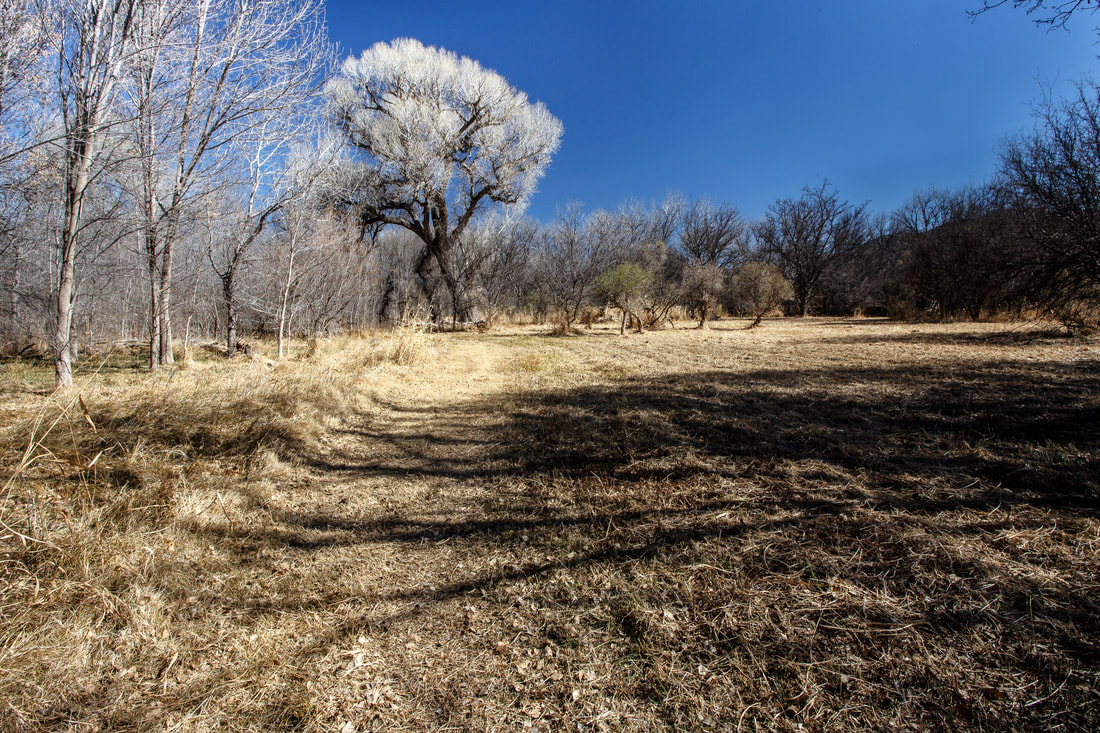
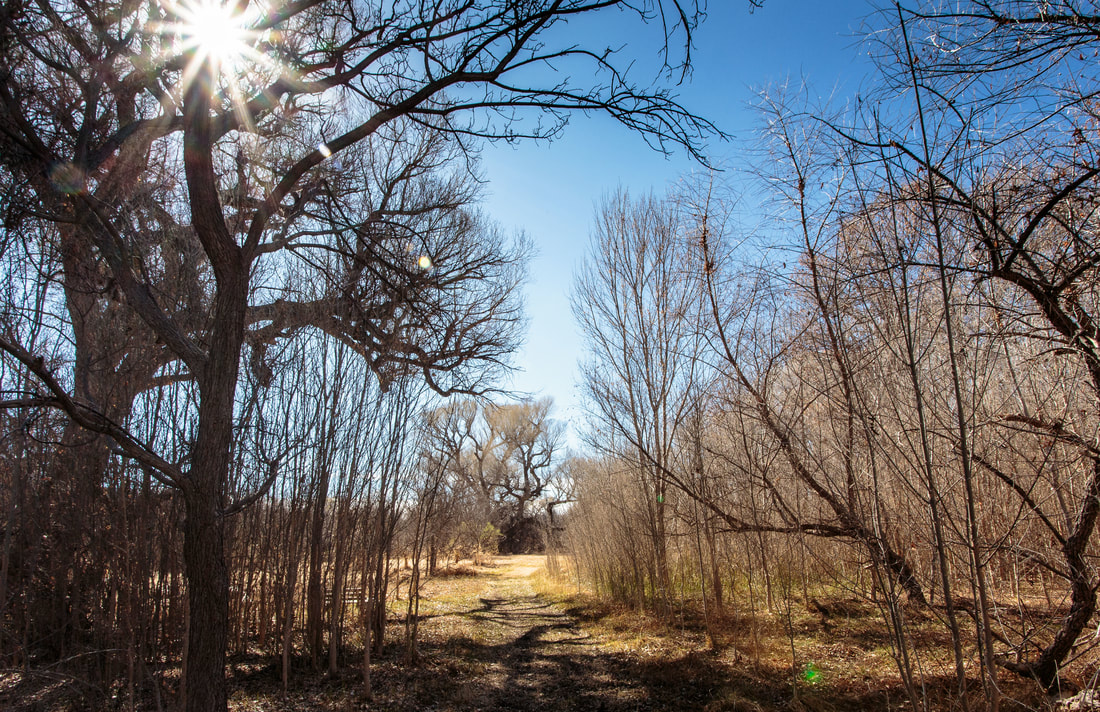
 RSS Feed
RSS Feed